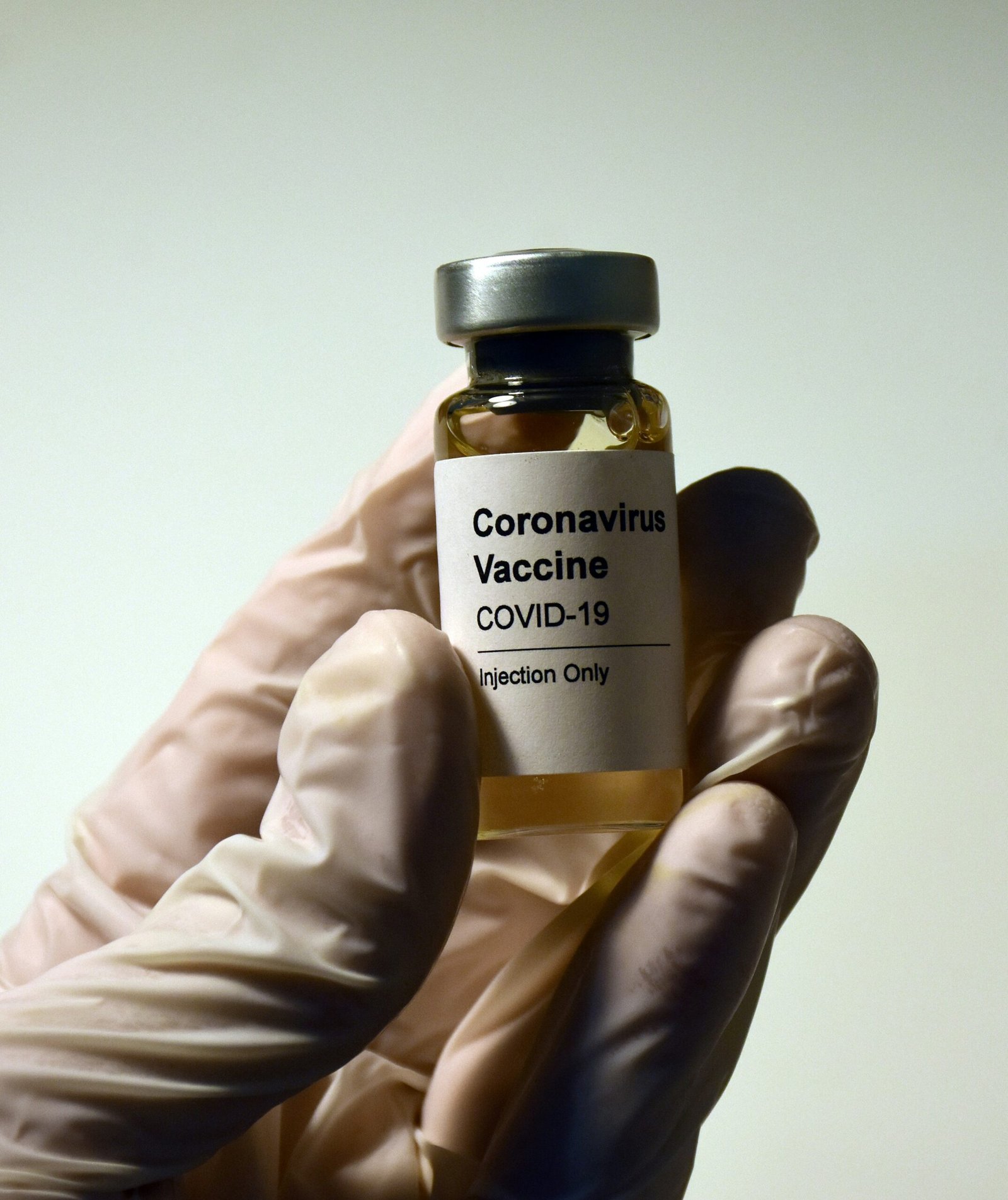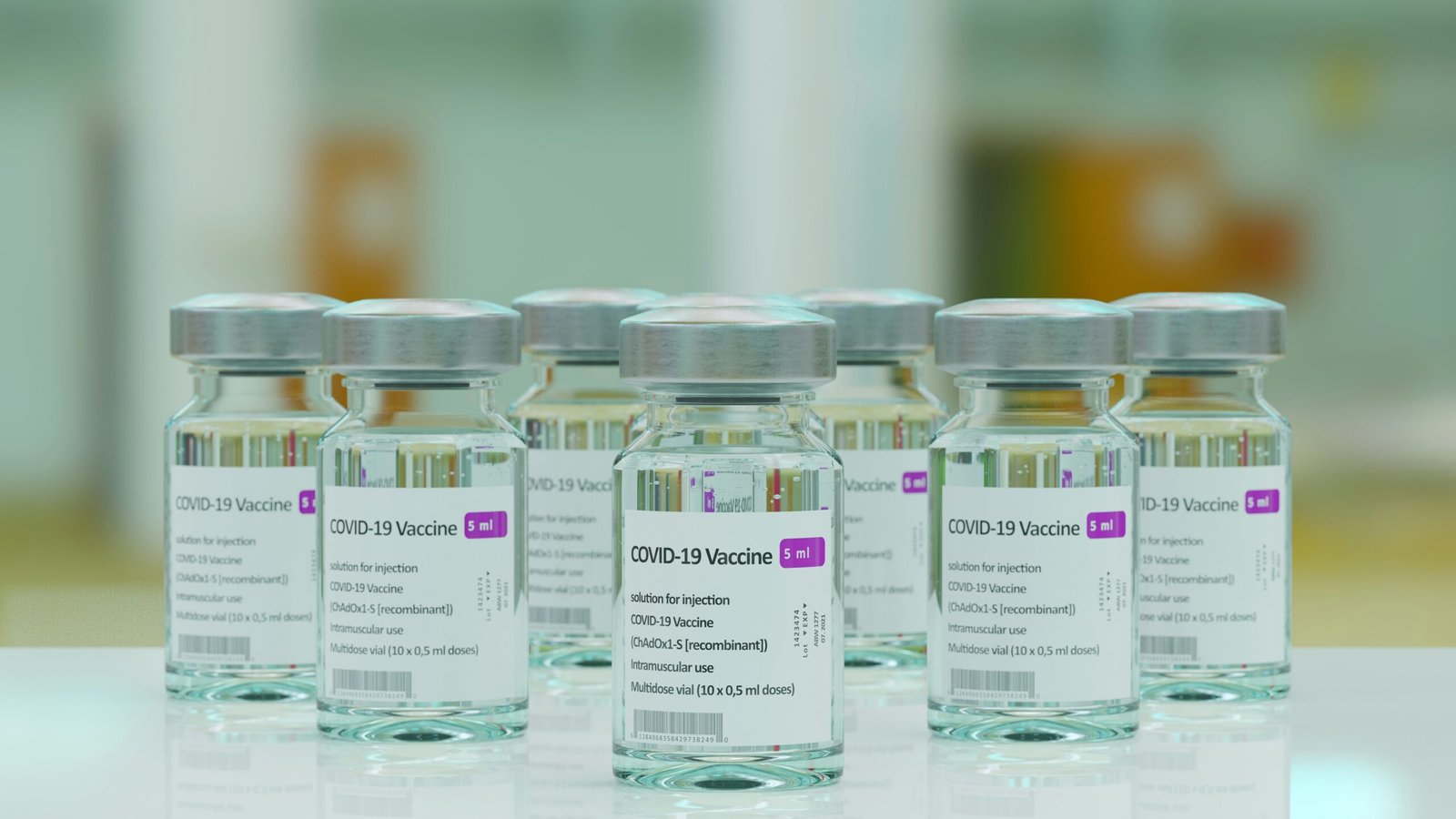If you've ever experienced the excruciating pain of gout, you may be curious about its potential effects on your skin. Gout, a type of arthritis caused by the buildup of uric acid crystals in the joints, is notorious for its debilitating joint pain. However, in addition to wreaking havoc on your joints, gout may also have an impact on your skin. In this article, we'll explore whether gout causes skin changes and shed light on this lesser-known aspect of the condition.

What is Gout?
Gout is a form of arthritis characterized by sudden and intense pain, swelling, and tenderness in the joints. It occurs when there is an accumulation of uric acid crystals in the joints, leading to inflammation and discomfort. While gout most commonly affects the big toe, it can also occur in other joints such as the ankles, knees, wrists, and fingers.
Signs and Symptoms of Gout
Pain and inflammation in joints
One of the main symptoms of gout is severe pain in the affected joint or joints. The pain is often described as throbbing and can be accompanied by redness and swelling. It is not uncommon for the pain to be so intense that even the slightest touch or movement can be excruciating.
Limited range of motion
Gout can also cause a limited range of motion in the affected joint. The swelling and inflammation can make it difficult to bend or move the joint, leading to stiffness and restricted movement.
Flare-ups during the night
Many individuals with gout experience flare-ups during the night. The pain and discomfort can be intense, making it difficult to get a good night's sleep. These nighttime flare-ups can further exacerbate the impact of gout on an individual's overall quality of life.
Skin Changes Associated with Gout
Redness caused by inflammation
Inflammation is a key feature of gout, and it can lead to noticeable changes in the skin. The affected area may become red, swollen, and warm to the touch. This redness is a result of the body's immune response to the accumulation of uric acid crystals in the joint.
Skin peeling due to tophus formation
In more advanced cases of gout, tophi may develop. Tophi are small, chalky nodules that form under the skin as a result of long-term uric acid accumulation. Over time, these tophi can cause the skin to peel and appear rough or scaly.
Possible discoloration around the affected area
Some individuals with gout may experience changes in skin coloration around the affected joint. This can range from a slightly darker or lighter shade to a more pronounced discoloration. The discoloration is often a result of long-term inflammation and tophus formation.
Understanding Tophi and Its Connection with Skin Changes
Definition of tophi in gout
Tophi are firm, white or yellowish, lumpy deposits that form under the skin in individuals with chronic gout. They consist of uric acid crystals and can vary in size. Tophi are usually painless, but they can cause significant skin changes and be a visible indicator of long-term gout.
How tophi can lead to skin changes
Tophi can have a direct impact on the skin, causing changes in texture, appearance, and color. They can cause the skin to become rough, scaly, or pitted, and may lead to skin peeling or ulceration in severe cases. The presence of tophi can also contribute to chronic inflammation, which further exacerbates skin changes in gout.
Severity and progression of tophi
The severity and progression of tophi can vary from person to person. Some individuals may develop only a few small tophi, while others may experience larger, more numerous tophi. If left untreated, tophi can continue to grow and increase in number, leading to more significant skin changes over time.

Gout and Cellulitis
Link between gout and increased risk for cellulitis
Individuals with gout are at an increased risk for developing cellulitis, a common bacterial skin infection. The skin changes and open wounds associated with tophi can provide an entry point for bacteria, leading to cellulitis. It is essential for individuals with gout to be aware of this risk and take appropriate precautions.
Impact of cellulitis on skin changes
Cellulitis can worsen existing skin changes in individuals with gout. The infection can cause redness, swelling, and warmth in the affected area, further contributing to the discomfort and aesthetic concerns associated with gout-related skin changes. Prompt recognition and treatment of cellulitis are crucial for managing and minimizing its impact on skin health.
Recognition and management of cellulitis in gout patients
It is important for individuals with gout to be able to recognize the signs of cellulitis, such as worsening redness, increased pain, or the presence of pus or drainage. If cellulitis is suspected, it is essential to seek medical attention promptly. Treatment typically involves a course of oral or intravenous antibiotics, depending on the severity of the infection.
Impact of Chronic Gout on Skin
Long-term gout and possibility of permanent skin changes
Chronic gout, if left unmanaged, can lead to persistent and irreversible skin changes. The accumulation of uric acid crystals and the presence of tophi can cause long-term inflammation, which can result in ongoing skin damage. It is vital for individuals with gout to seek appropriate treatment and management strategies to minimize the risk of permanent skin changes.
Understanding the impact of chronic inflammation
Chronic inflammation associated with gout can have wide-ranging effects on the skin. Inflammation can impair the skin's natural healing processes, increase the risk of infections, and contribute to the breakdown of collagen and elastin fibers, leading to premature aging and skin damage.
Coping strategies for managing skin changes in chronic gout
For individuals with chronic gout, it is crucial to develop coping strategies to manage the skin changes associated with the condition. This can include regular moisturization, avoiding harsh chemicals or irritants, and protecting the skin from excessive sun exposure. Working closely with a healthcare professional or dermatologist can also provide guidance on managing specific skin concerns.

Management and Treatment of Skin Changes in Gout
Medical interventions for treating skin symptoms
Medical interventions for managing skin symptoms associated with gout may include topical corticosteroids to reduce inflammation, oral medications to control uric acid levels, and intralesional injections to treat specific areas of skin damage. It is important to consult with a healthcare professional to determine the most appropriate treatment plan.
Role of diet and lifestyle changes
In addition to medical interventions, diet and lifestyle changes can play a significant role in managing skin changes in gout. Following a low-purine diet, which restricts foods high in purines such as organ meats and shellfish, can help reduce uric acid levels and minimize the risk of gout flare-ups. Lifestyle modifications such as regular exercise, maintaining a healthy weight, and reducing alcohol consumption can also contribute to overall gout management.
Potential complications if left untreated
If skin changes associated with gout are left untreated, they can lead to various complications. Chronic inflammation can result in ongoing discomfort, reduced quality of life, and an increased risk of infections. Advanced skin changes, such as large tophi or ulceration, may require surgical intervention. It is vital to seek timely treatment to prevent these potential complications.
Role of Diet in Controlling Gout and Skin Changes
Importance of low-purine diet
Adopting a low-purine diet is crucial for individuals with gout as it can help reduce uric acid levels and minimize the risk of skin changes. Foods high in purines, such as red meat, organ meats, and certain seafood, should be avoided or consumed in moderation to maintain optimal skin health.
Foods to avoid and include
In order to follow a low-purine diet, individuals with gout should avoid foods high in purines, including anchovies, sardines, liver, kidney, and game meats. Instead, focus on consuming foods low in purines, such as fruits, vegetables, whole grains, low-fat dairy products, and lean proteins like poultry and fish.
Impact of hydration on gout and skin health
Proper hydration is essential for individuals with gout as it helps flush out excess uric acid from the body. Staying adequately hydrated can also benefit skin health by promoting moisturization and maintaining the skin's natural elasticity. Aim to drink plenty of water throughout the day to support both gout management and skin wellness.
Lifestyle Modifications to Manage Gout
Effect of exercise
Regular exercise is beneficial for individuals with gout as it can help maintain a healthy weight, improve joint flexibility and strength, and reduce the frequency of gout flare-ups. Low-impact activities such as walking, swimming, and cycling are typically well-tolerated and can contribute to overall gout management.
Reducing alcohol consumption
Alcohol consumption, especially of beer and liquor, is associated with an increased risk of gout flare-ups. It can also contribute to dehydration, which can exacerbate gout symptoms and skin changes. Limiting or avoiding alcohol altogether can help reduce the likelihood of gout-related skin issues.
Significance of weight management in controlling gout
Maintaining a healthy weight is crucial for managing gout as excess weight can contribute to higher uric acid levels and increased stress on the joints. By adopting a balanced diet and engaging in regular exercise, individuals with gout can achieve and maintain a healthy weight, reducing the likelihood of skin changes and other gout-related complications.
Prevention Strategies for Skin Changes in Gout
Role of regular check-ups and monitoring uric acid level
Regular check-ups with a healthcare professional are important for individuals with gout to monitor uric acid levels and assess the impact of the condition on the skin. By tracking uric acid levels over time, healthcare professionals can make appropriate adjustments to treatment plans and help prevent or manage skin changes.
Importance of early diagnosis and treatment
Early diagnosis and treatment of gout are crucial in minimizing the risk of skin changes and other complications. If you experience symptoms such as joint pain, redness, or swelling, it is important to seek medical attention promptly. A timely diagnosis can ensure that appropriate management strategies are implemented early on.
Educating patients for better self-care and management
Educating individuals with gout about the condition, its symptoms, and appropriate self-care strategies is key to managing and preventing skin changes. By providing information on diet, lifestyle modifications, and the importance of timely medical intervention, individuals can take an active role in their own gout management and skin health.
In conclusion, while gout primarily affects the joints, it can also lead to a range of skin changes. Understanding the underlying causes of gout, the impact of chronic inflammation, and the importance of early diagnosis and treatment can help individuals manage and prevent skin changes associated with this condition. By adopting a comprehensive approach that includes medical interventions, diet and lifestyle modifications, and regular monitoring, individuals can optimize their skin health and overall well-being. Remember to consult with a healthcare professional or dermatologist for personalized guidance and treatment options.